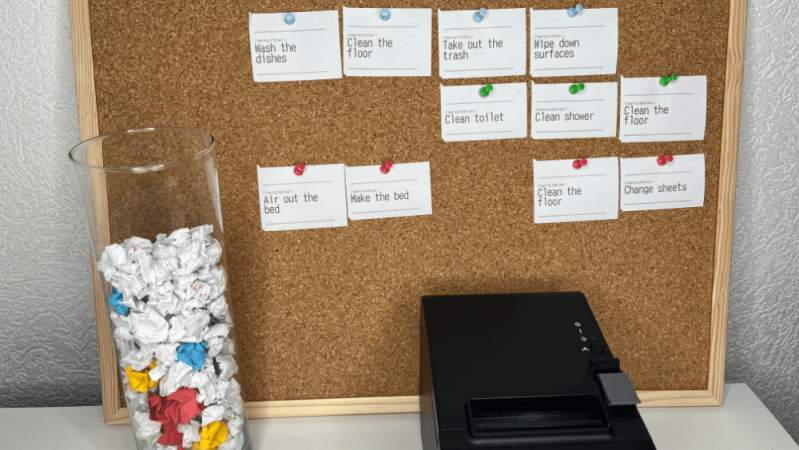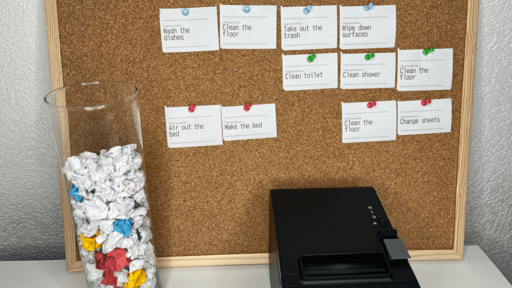
No, of course not. Per Betteridge’s law, that’s the answer to any headline with a question mark. On the other hand, while a thermal printer might not cure ADHD, it can help treat it — according to [Laurie Hérault], to the point of curing his procrastination habit. Even if you don’t have ADHD, you probably do procrastinate sometimes, so this hack is worth a look.
The printer itself is a key hardware portion of the hack, but the hack itself is purely organizational. [Laurie] started with post-its before adding automation. Before the post-it notes came a simple realization: [Laurie] could sit and play games for hours, but not buckle down for serious work for more than a few minutes, if he could even get started. (Who can’t relate?) That sent him down a rabbit hole reading about the psychology of what makes games so addictive — and the idea of “gamification” that was so popular in educational circles not long ago.
Unlike work, games give you a loop of unambiguous, instant, and continuous feedback to pump your dopamine circuits. [Laurie] uses the example of an FPS. You aim, you shoot — and either you miss, or you hit the target. Either way, there’s feedback. When you hit, your brain gives you dopamine. This fast loop of input -> feedback is what [Laurie] felt he was missing from his day.
 You’d want to organize the post-its better than this. (Image by Pexels.)
You’d want to organize the post-its better than this. (Image by Pexels.)
That’s where the post-it notes came in. Post-its went up on a board with all of his tasks for the day; the input was his completing the tasks, and the feedback was taking them down, crumpling them up, and putting them into a clear jar that would serve as a score bar for his productivity. The feedback actually rewarded multiple senses this way: the tactility of crumpling paper, the sound of it, and the visual of the rising level of the jar.
A key insight [Laurie] had in this process is that many productivity apps (including gamifying ones) are focused too much on high-level tasks by default. “Clean the kitchen,” for example. That’s too big! It’s daunting, and it takes too long for that immediate, gamified feedback. Instead [Laurie] breaks down “Cleaning the Kitchen” into “Clean the dishes”, “Wipe the Counter”, “Take out the Trash”, et cetera. The smaller the steps, the more frequent the reward, and the easier it is to start them without exerting much willpower: just like a video game.
Of course writing all of those post-it notes gets tedious, especially for recurring and pre-scheduled tasks, and that tedium increases exponentially when breaking tasks down into the smallest possible chunks. That’s where the thermal printer came in. [Laurie] wrote a simple software utility to allow him to create high-level tasks, and break them down into small action items that are immediately sent to the thermal printer. After that, the system works just as it does with the post-it notes. He promises to share this software, but it does not seem to have yet been released. Hopefully he’s not procrastinating on that, or our faith in the process is ruined.
Thermal printers are great for lifehacks, like this hack for receipt-like mementos, or this one to ease the load on a dungeon master. If you prefer you can skip the ‘life’ part of lifehacks, and just make an instant camera.
From Blog – Hackaday via this RSS feed


